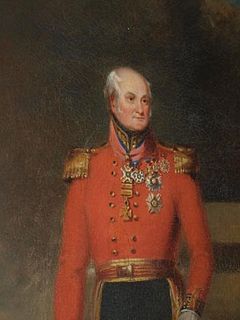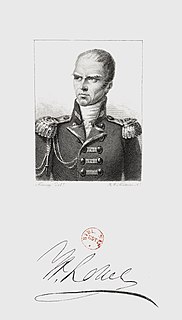 W
WLieutenant-General Sir Robert Arbuthnot, KCB was a British military commander during the Napoleonic Wars. He was a General in the army, a colonel in the 76th Regiment. He was a Brigadier General in the Portuguese Service and was appointed a Knight of the Tower and Sword of Portugal (KTS).
 W
WLieutenant General Sir Edward Barnes, was a British soldier who became governor of Ceylon.
 W
WGeneral Sir Robert Brownrigg, 1st Baronet, GCB was an Irish-born British statesman and soldier. He brought the last part of Sri Lanka under British rule.
 W
WLieutenant-General Sir Colin Campbell was a British Army officer and colonial governor.
 W
WGen. Sir Josiah Champagné was a British military commander who was the fifth General Officer Commanding, Ceylon. He was appointed in February 1799 until 1799. He was succeeded by Hay MacDowall.
 W
WSir Hudson Lowe was an Anglo-Irish soldier and colonial administrator who is best known for his time as Governor of St Helena, where he was the "gaoler" of the Emperor Napoléon.
 W
WLieutenant General The Right Honourable Sir Thomas Maitland was a British soldier and colonial governor. He also served as a Member of Parliament for Haddington from 1790 to 1796, 1802–06 and 1812–13. He was made a Privy Councillor on 23 November 1803. He was the second surviving son of James Maitland, 7th Earl of Lauderdale, and the younger brother of James Maitland, 8th Earl of Lauderdale. Maitland never married.
 W
WMajor General Sir John Terence Nicholls O'Brien was a surveyor, engineer and colonial governor.
 W
WGeneral James Stuart was a British Army officer who served in North America during the American Revolutionary War and took part in various campaigns in British India. He was the first General Officer Commanding, Ceylon and second Military Governor of British Ceylon. He was appointed on 1 March 1796 and was Governor until 1 January 1797. He was succeeded by Welbore Ellis Doyle.